Strategy Deep Dive: Patache Digital

Introduction
Patache Digital’s strategies are built on a proprietary quantitative algorithm as a base and combined with layers of risk analysis. The team’s research and products emphasize principal protection and steady, consistent returns while pursuing occasional “home runs”.
The Steady Strategy for either BTC or ETH perfectly exhibits these qualities. It’s expected to capture the majority of any positive price breakouts while limiting losses through trailing stops.
At the highest level, the Steady Strategy comprises two components: a work horse and a racehorse. The point of the workhorse is to nullify risk, capture a small profit/cover transaction cost and the point of the racehorse is to pursue a larger payoff opportunity.
The strategy uses the breakout trading approach, which looks for price levels or areas that a token has been unable to move beyond and makes trades increasing exposure when the token moves past these thresholds. Due to the nature of the strategy, it is designed for the participant to remain committed over a medium to long term time frame (6 months to a year). In this time the benefits of being in the strategy are expected to emerge.
An example helps illustrate how it works:
BTC Long Trade - A long trade is triggered when the market reaches the directional entry level. Two positions on the long side are initiated by accumulating the BTC relative to USDC. Each position is immediately assigned a Target and a Stop (loss). If the market reaches the Target before the Stop, the workhorse BTC is sold for USDC, profit taken. Simultaneously, the racehorse Stop changes to a Trailing stop. At this point the economic risk is nullified, a small profit is locked in, and the racehorse is pursuing a larger payoff potential.
Mechanics
The algorithm provides a trading edge by predicting large change in prices a day in advance. It will also generate corresponding entry thresholds preceding such a “price break out”. For trade action on the following day the algorithm will utilize the above-mentioned entry thresholds to initiate the “Workhorse” trade order and “Racehorse” trade order. Each trade order comes with a pre-defined trade risk of 1.25% which is used to determine the trade order quantity as follows:
Cellar Value x2.50% / 2x Risk per Trade ≅ Max. Order Qty
Each trade entry order has a defined activation period during which the algorithm will be working to fulfill the trade entry conditions. If the algorithm is unable to fulfill the trade entry conditions within the activation period, the trade entry opportunity will expire, and no positions will be taken. As soon as the trade entry is executed, the trade risk limit kicks in as a stop order and as stays on until the position exits. For the “Workhorse” trade order, a profit target is also assigned as soon as the trade entry is executed. For the “Racehorse” trade order, a trailing stop is used instead of a fixed stop. These strategies are analogous to a “Bracket Order with OCO” in conventional markets.
The above trade parameters and functions are captured in the smart contract supporting the cellar.
Backtesting Results
Disclaimers: Back test results, hypothetical performance, and historical performance is not necessarily indicative of future results.
Fees
Additional Notes
Strategy execution through smart contracts may differ from back test assumptions and contribute to adverse performance.
While the initiation of the strategy will likely be during high volume liquid hours, profit targets or risk stops may be achieved during periods of illiquidity and contribute to adverse performance.
The algorithm is usually not very sensitive to execution speed but execution delays of 30 mins (1/2 hour) or more could contribute to adverse performance.
Transaction costs and Slippage can further contribute to adverse performance. A fixed transaction cost is assumed for back testing purposes, but no explicit slippage is assumed. Slippage can contribute either adversely or favorably to performance and will be unique to each trade environment.
Trade execution on an AMM exchange is fundamentally different from trade execution on a CLOB exchange. Conventional exchanges offer market controls through circuit breakers, limit lock up/lock down, temporary trading halts which are either absent or in relative infancy in DeFI exchanges.
Large inflows and outflows to the Cellar could contribute to adverse performance.
Cybersecurity risk may threaten loss of principal, realized and unrealized gains with no recourse.
More articles

Is Speculation Killing Crypto’s Future?

Sommelier's Path Forward: Embracing Revenue Over Narrative

Sommelier January Update

Sommelier Upgrades Cellar Architecture to Enable the Most Powerful DeFi Strategies in the Market

Real Yield USD is Coming to Maximize Stablecoin Yield

Retrospective on 2022 and the Journey Ahead

FAQ - Patache Digital’s Steady Strategies

Patache Digital: Risk Management Discussion

Strategy Deep Dive: Patache Digital

Strategy Provider Spotlight: Patache Digital

User Guide: How to Participate in Strategies on Sommelier

Sommelier Ambassador Program

Strategy Tokens: What Are They and How Do They Work?

6 Core Principles of Sommelier

10/10/22 - Deep Dive on Cleargate Backtesting

Strategy Provider Spotlight: Seven Seas

Deep Dive on Trend and Momentum Strategies

Strategy Provider Spotlight: ClearGate

Supporting Strategy Providers on Sommelier
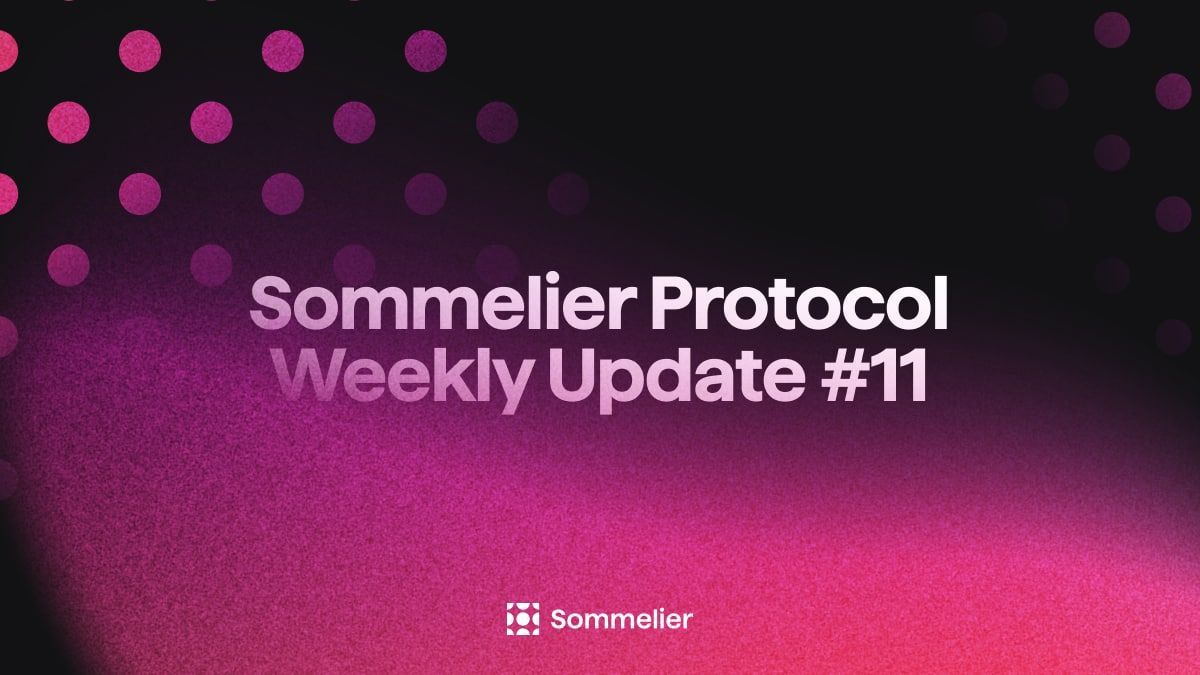
Sommelier Protocol Team Weekly Update #11

ELI-5 Explanation of the Data Science behind Sommelier’s First Aave Cellar

Sommelier Protocol Team Weekly Update #10

The Data Science Behind Sommelier’s First Aave Cellar
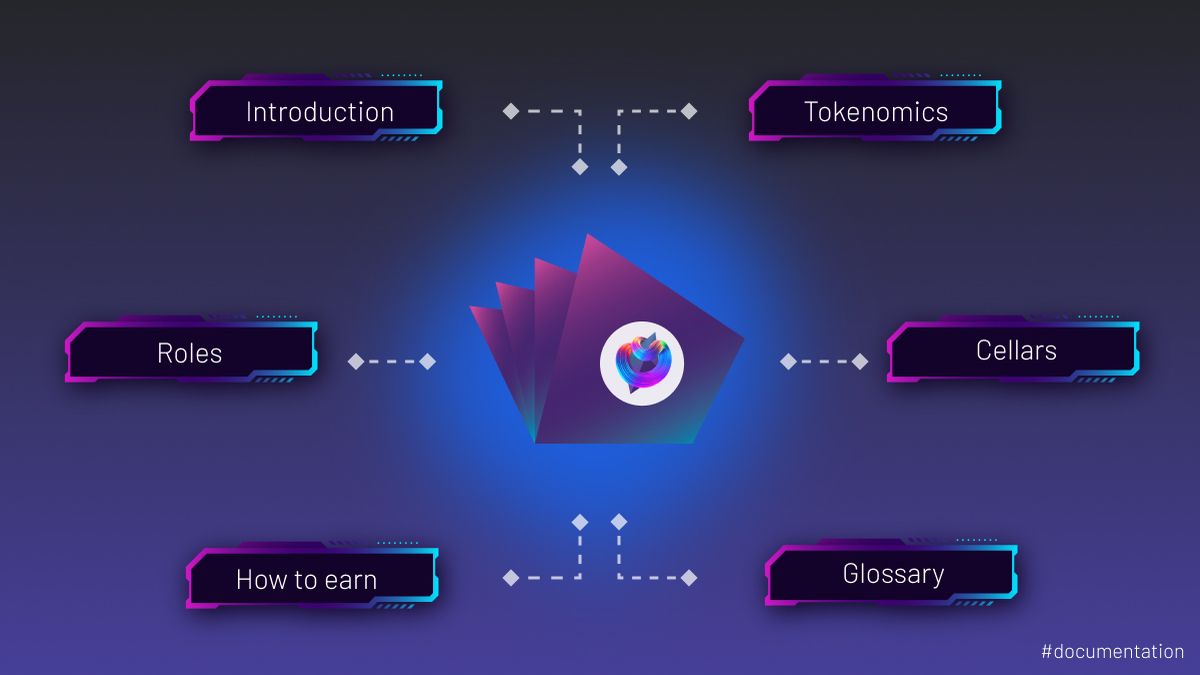
Sommelier Protocol Design Documents

Sommelier Protocol Team Weekly Update #9

Sommelier Protocol Team Weekly Update #8

Sommelier Protocol Team Weekly Update #7

Twitter Spaces With Sommelier: How to Launch a Cellar on Sommelier

Twitter Spaces With Sommelier: Protocol Upgrade and Community Update

Sommelier Protocol Team Weekly Update #4

Sommelier Protocol Team Weekly Update #6

Twitter Spaces With Sommelier: SOMM Airdrop Proposal Data Analysis

Twitter Spaces With Sommelier: Community Update on the First Cellars to Launch

Twitter Spaces With Sommelier: Exploring NFT Cellars

Sommelier Protocol Team Weekly Update #1
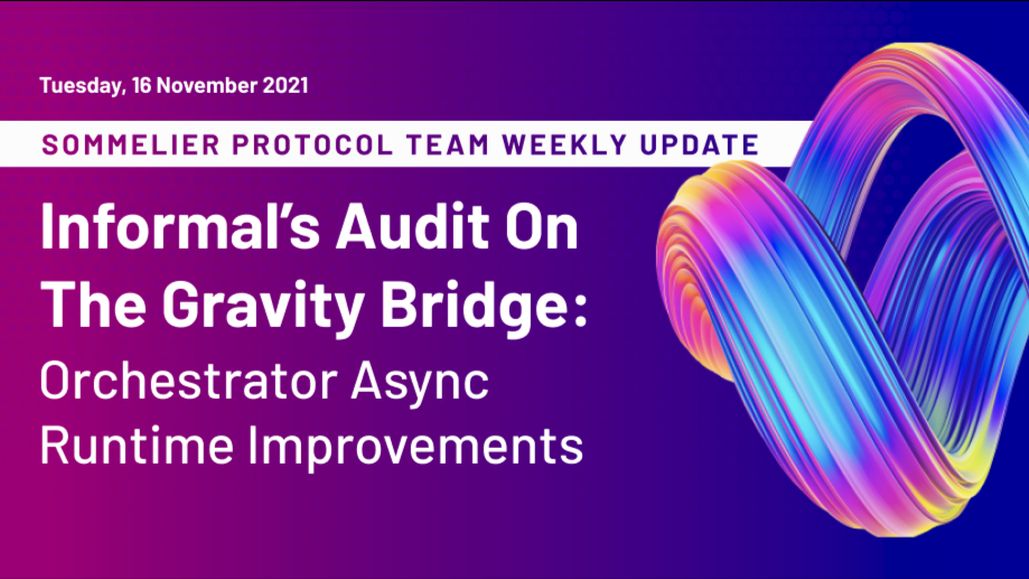
Sommelier Protocol Team Weekly Update #2
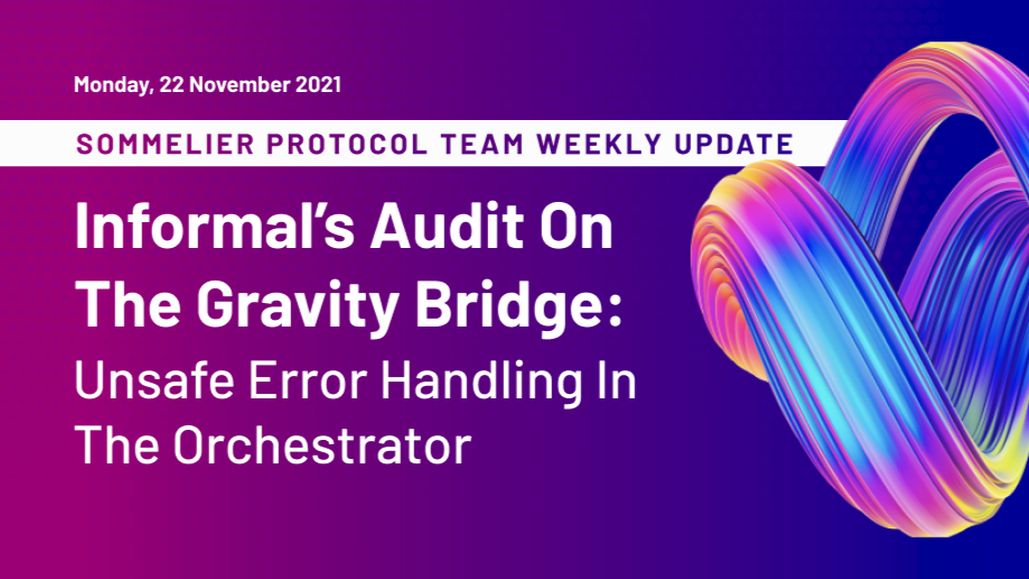
Sommelier Protocol Team Weekly Update #3

Three Things You Need to Know About Sommelier Governance This Week

Sommelier On the Road: PROOF OF…REPUTATION

Introducing Ukpai Ugochi - Working on The Sommelier Cellars Rebalancer

Sommelier Announces 23MM Series A Mainnet Round to launch Automated DeFi via the Cosmos

Twitter Spaces With Sommelier: Mainnet Launch & Gravity Bridge

Twitter Spaces With Sommelier: Introducing SOMM Tokenomics

Twitter Spaces With Sommelier: Mysten Labs AMA With Evan Cheng

Introducing SIPS and Sommelier’s Governance Structure

Twitter Spaces With Sommelier: End of Year AMA 2021

Twitter Spaces With Sommelier: Intro to SIPS & Lisbon Blockchain Week

Twitter Spaces With the Sommeliers: Mainnet Update and Governance Launch

Sommelier Partners With Mysten Labs to Make Sommelier and All Cosmos Blockchains the Fastest Protocols on the Planet

Twitter Spaces With the Sommeliers: Sushi AMA With Joseph Delong

Introducing the Sommelier Network Mainnet and Ethereum Gravity Bridge
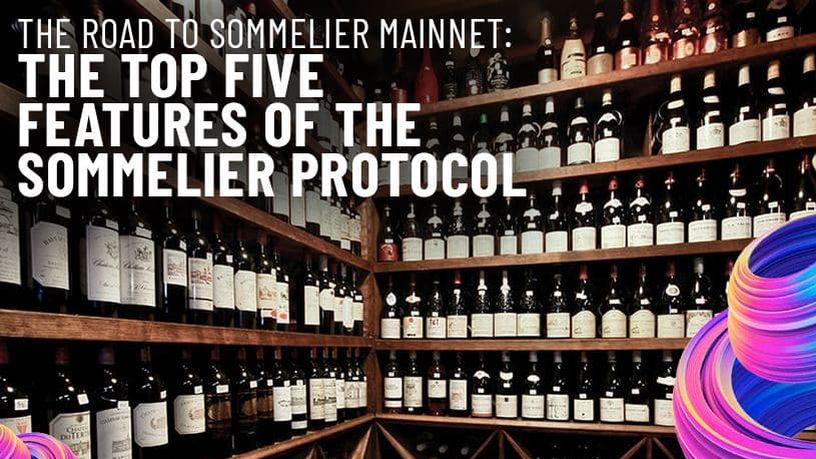
The Top Five Features of the Sommelier Protocol

Call for Validators: The Two Step Process for 2021

Two New Features Launched to Test Liquidity Management on Uniswap v3

Uniswap v3 Remove Smart Contract Incident Post Mortem for Sommelier

Call for Validators: Road to Sommelier Mainnet

Sommelier Liquidity AMA With Yenwen and Nick From Perpetual Protocol
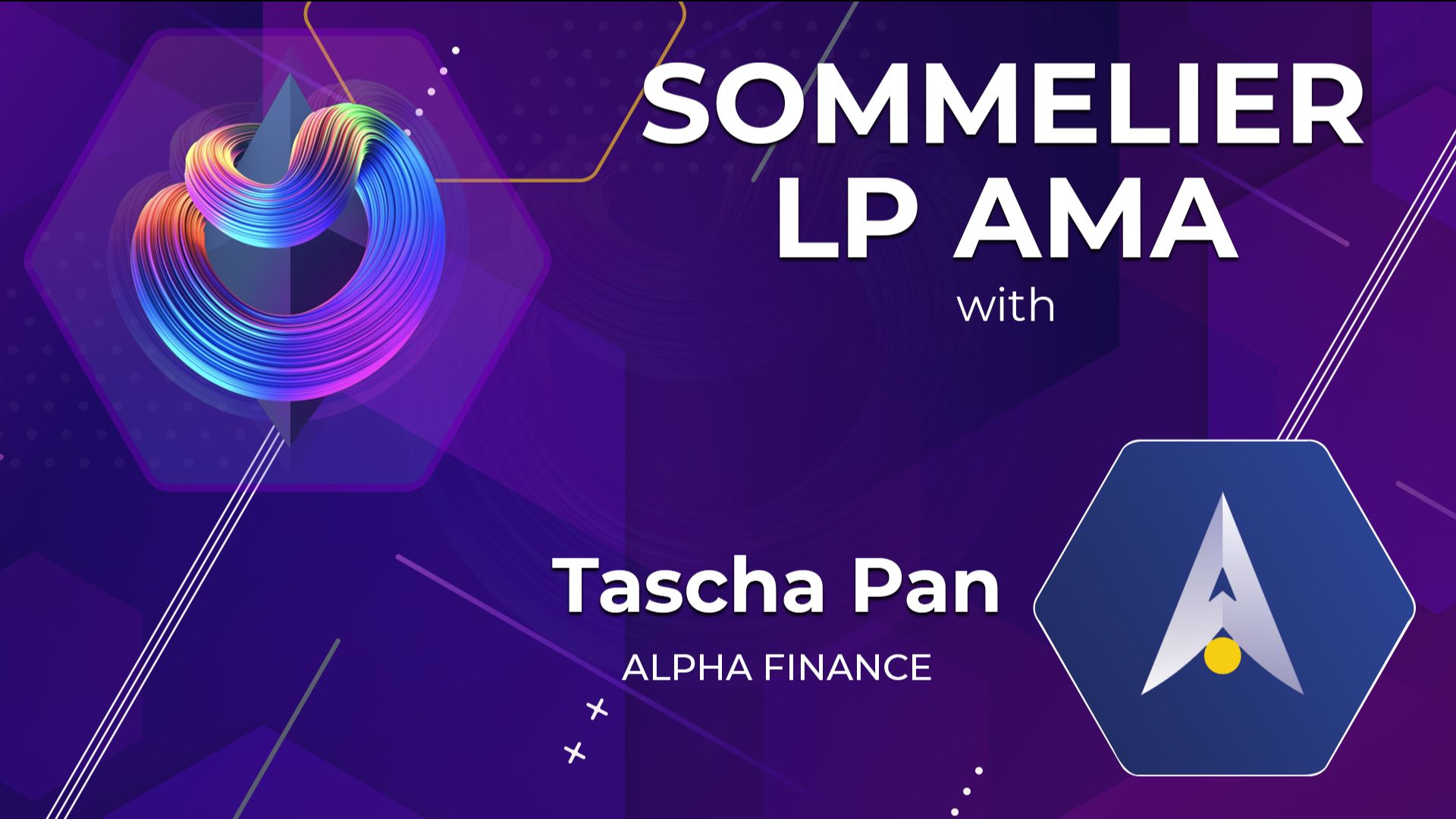
Sommelier Liquidity AMA With Tascha Pan From Alpha Finance

Sommelier Liquidity AMA With Loi Luu From Kyber Network

Sommelier Liquidity AMA With Alex From Peanut

Sommelier Liquidity AMA With JP From THORChain

Sommelier Liquidity AMA With Alan Chiu From OMGX Network

Sommelier Liquidity AMA With Ari From Gelato Network

Sommelier Liquidity AMA With Sunny Aggarwal From Osmosis
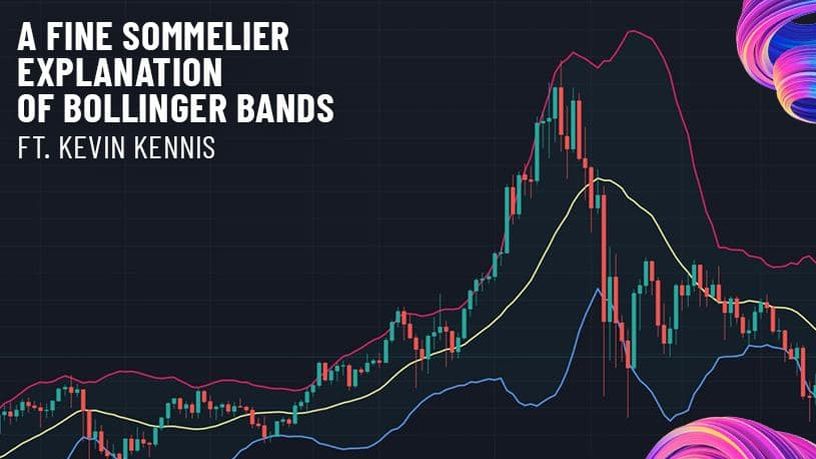
A Fine Sommelier Explanation of Bollinger Bands With Kevin Kennis

Sommelier Liquidity AMA With Mona El Isa From Enzyme

Sommelier Liquidity AMA With Haxor From Method Finance

Sommelier Liquidity AMA With Tor From Secret Network

Liquidity Provider Insights With Zaki Manian - Ep. 7 - DeFi Automation Space on Uniswap v3 and Where Sommelier’s Heading

Sommelier Liquidity AMA With Geralt From CyberFi

A Pairings Tutorial of Two Sided Liquidity Addition with Sommelier

Liquidity Provider Insights with Zaki Manian - Ep. 6 - Liquidity Providers Need to Gear Up for a Multi-Chain World

Three New Summer Features for Liquidity Providers

Sommelier Liquidity AMA with Tom C and Max W from Charm

Sommelier Liquidity AMA with Dereek69 & Shalaquiana from BIOPset

Sommelier This Week - June 3rd 2021: The Road to Mainnet

Sommelier Liquidity AMA with Federico Landini from DefiLab

Sommelier Liquidity AMA with Michael Egorov from Curve

Liquidity Provider Insights with Zaki Manian - Ep. 5 - A Bright Light at the End of a Long, Tough Weekend for Bitcoin

Sommelier This Week - May 27th 2021: What Aspiring Sommelier Validators Need to Know on Last Week’s Protocol and App Progress

Liquidity Provider Insights with Zaki Manian (Special Edition) - Ep. 4 - New Pairings Release

Sommelier R&D AMA With Yaniv Tal From the Graph

Sommelier Liquidity AMA with MacLane Wilkison from NuCypher

The Eight Steps to Become a Liquidity Provider with Pairings

Sommelier NFT Awards - May 18th, 2021
Pairings By Sommelier: The FAQ

Zaki Manian Breaks Down What Liquidity Providers Need to Know Under Uniswap v3

Sommelier This Week - May 6th 2021: How This Week’s Protocol and App Progress Weaves Together to Make a Product

Sommelier Liquidity AMA with Dan Thomson from InsurAce

Sommelier This Week - April 29th 2021: Weeks Away From a Taste of the Sommelier App Experience and How the Dev Team Stays on Track

Zaki Manian Breaks Down a Phase Change Liquidity Providers Need to Know About Automated Market Makers

Introducing Jehan Tremback: Sommelier Core Developer and Althea Co-Founder that pushes the Limits of the Blockchain Bridge with Gravity

Sommelier This Week - April 22nd 2021: An Inside Look at Progress on Coordinating Sommelier Components That Contribute to the Chain

Sommelier This Week - April 15th 2021: Providing a Best-in-Class Experience for Uniswap Liquidity Providers

Sommelier Announces $1M R&D Grant from The Graph Foundation

Introducing LP Rewards: This Week With Cellframe

Introducing Deborah Simpier: Althea CEO and Sommelier Co-Founder Who Brought the Gravity Bridge to Life in The Cosmos

Sommelier This Week - April 8th 2021: What Uniswap v3 Means For Sommelier Architecture and Validators

Introducing Sommelier LP Rewards Program

Sommelier This Week - April 1st 2021: Gravity Bridge and Private Testnets

Blockchain startup decides to acquire a California winery and host NFT wine parties

Introducing Justin Kilpatrick: The Blockchain Bridge Wizard Who Maintains Gravity

Five Ways UniswapV3 changes the world for Liquidity Providers on the AMM

Introducing Jack Zampolin: On Becoming A Sommelier in The Cosmos
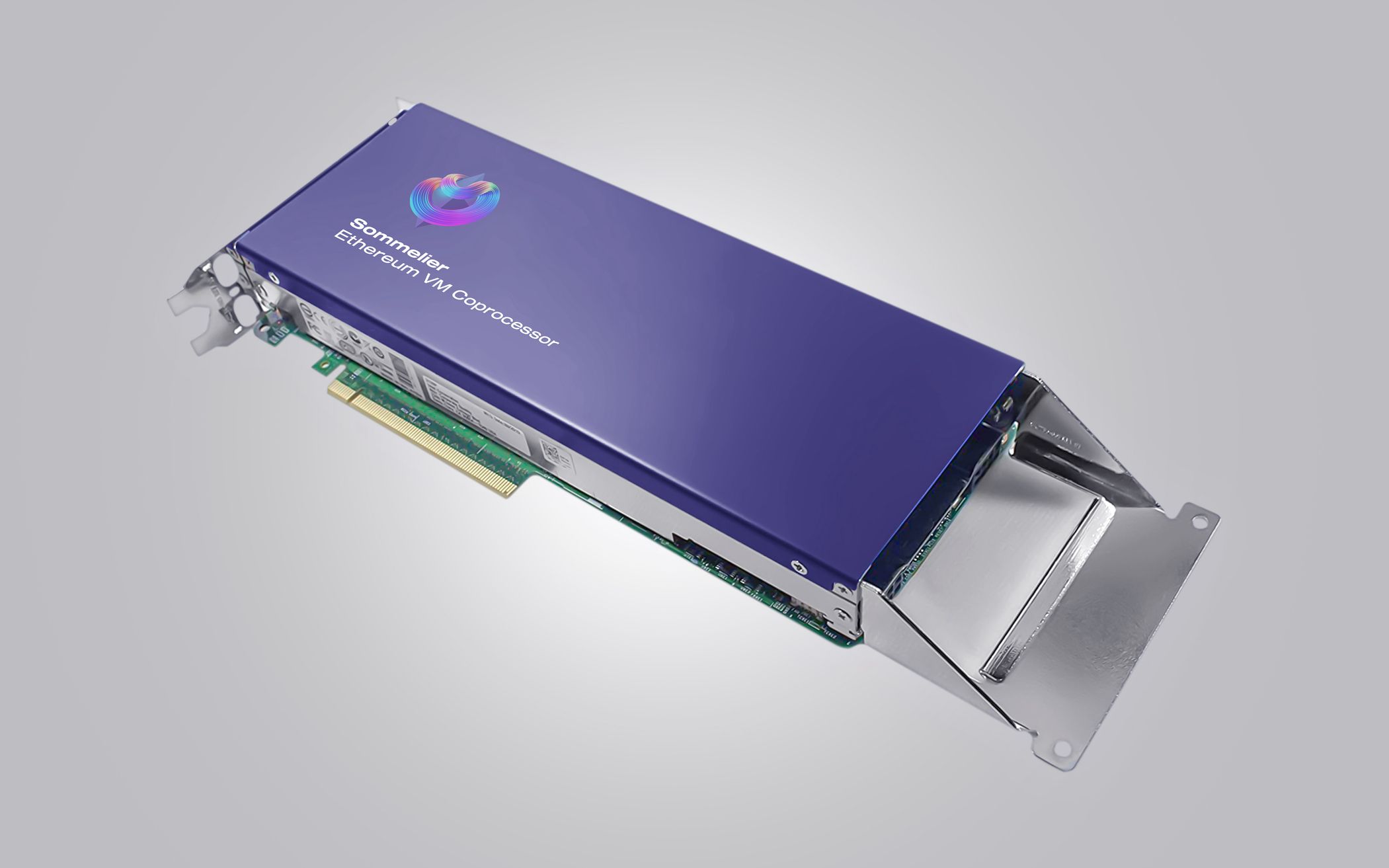
Sommelier: Welcome To The New CoProcessor For Ethereum
© 2025 Somm by Bajanss OÜ –Maakri 36-50, Tallinn, Estonia 10145